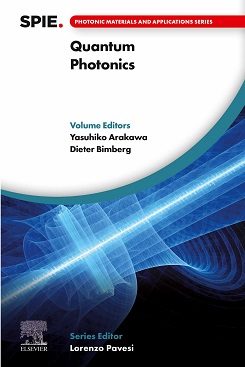|
|
|
|
CITATIONS
Chemical species
Nanofibers
Quantum photonics
Reflection
Quantum gates
Waveguides
Cavity resonators


